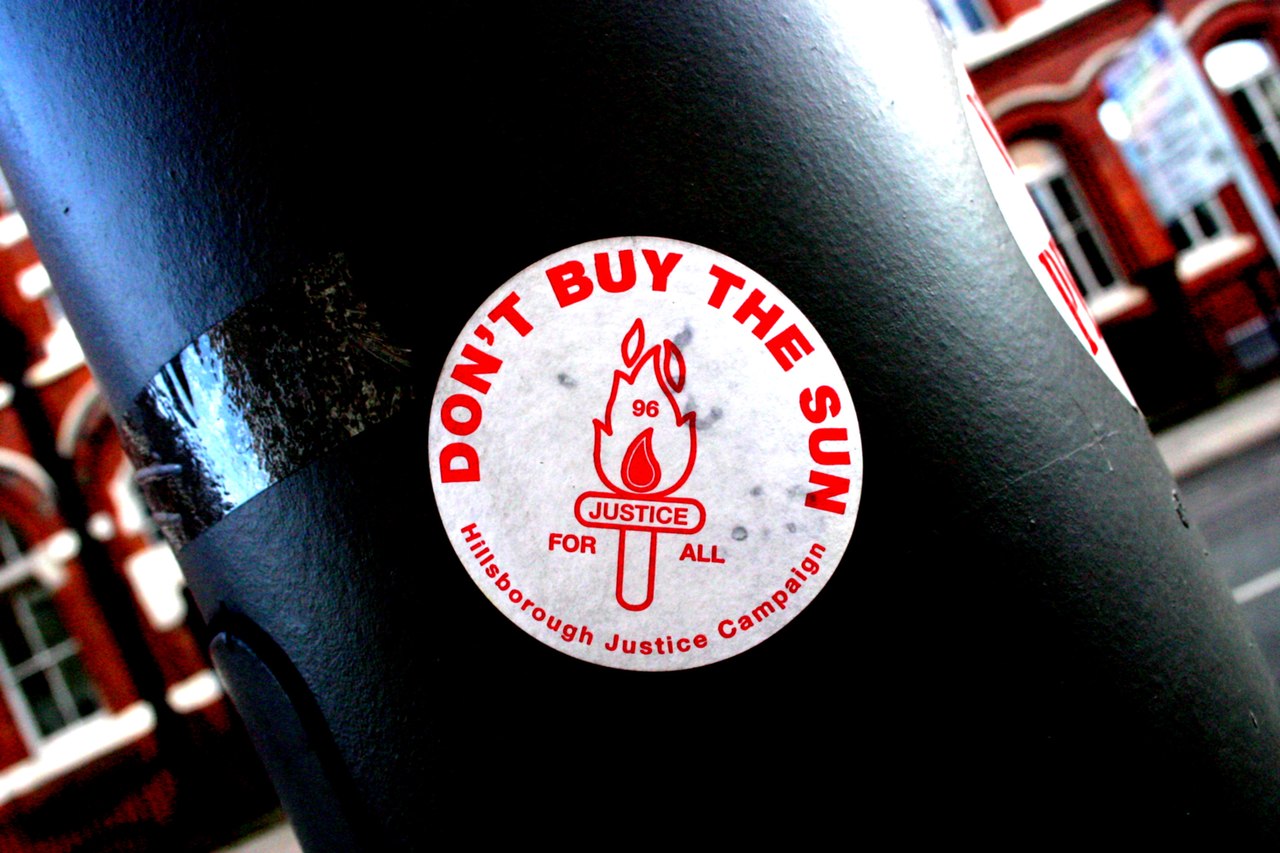The Weekly Reflektion 02/2025
A free and independent media is one of the foundations of a free and just society. Investigative journalism has revealed many scandals and injustices where the truth has been replaced by disinformation designed to mislead, confuse and deceive. Sometimes the media are the driver for the disinformation, and the need for a spectacular headline takes priority over finding the truth. This disinformation is also a barrier to learning and often a lost opportunity to prevent a future disaster.
Do you realise how disinformation can short circuit your learning process?

In our Reflektion in week 4 of 2021, we used the Hillsborough disaster 15th April 1989 as an example of incidents that could be useful to generate scenarios for emergency response training and exercises. Hillsborough is the home ground of the football club Sheffield Wednesday and was being used to host the FA cup semifinal between Liverpool and Nottingham Forest. At kick-off, there were still many fans outside the ground and the pressure of people trying to get into the ground led the police to open the large gates used to help fans exit. The fans surged into the middle ‘pen’ trying to get in to see the game, and as pressure increased a metal barrier collapsed. The people began to fear for their lives and started climbing over the perimeter fencing that prevented the fans getting on the pitch. The police, misunderstanding the situation, thought a pitch invasion was starting, and tried to prevent the fans from getting on the pitch. 97 people died in the crush.
Following the disaster, the South Yorkshire Police fed the press false stories, implying that the cause of the disaster was football hooliganism and drunkenness by the Liverpool supporters. The Sun Newspaper took up the story and four days after the disaster published a front-page article about the disaster entitled ‘The Truth’, in which they accused the Liverpool fans of causing the deaths due to their actions. The Sun also made headline claims of ‘some fans picked pockets of victims’, some fans urinated on brave cops’, and ‘some fans beat up PC giving kiss of life’. The 1990 Taylor report concluded that these accusations were unfounded. The Sun newspaper was boycotted in Liverpool and burnt symbolically in braziers around the city.
The first coroner’s inquest in 1991 concluded with ‘accidental death’, however after years of campaigning a second coroner’s inquest was instigated and subsequently ruled that the supporters were unlawfully killed owing to gross negligence from police and ambulance services. In 2012, under the headline “The Real Truth”, The Sun made a front-page apology, saying “we are profoundly sorry for false reports“. The editor at the time, Dominic Mohan, wrote: “We published an inaccurate and offensive story about the events at Hillsborough’. There seems little doubt that the Suns reporting contributed to the confirmation bias around the initial accidental death conclusion, and the injustice paid to the Liverpool supporters.
In October 2016, Stavanger Aftenblad published a series of articles on the Alexander L. Kielland disaster 27th March 1980. Alternative explanations for the incident were presented, and claims that the crew knew of serious cracks in the structure were made, despite these having been investigated and rejected in several technical, legal and political processes since 1981. The journalists accused theowner of the rig, the operator of the field it was working on, and the authorities of conspiring to cover up the truth even though the investigation was open and thorough. The investigation reports were also subjected to detailed reviews from relevant internal and external parties.
The journalists also published books on their work and receivedsignificant financial support from various trusts and institutions that support the principle of free speech. They have certainly not let the truth get in the way of their stories and any financial reward forthcoming. No apology from the editors at Stavanger Aftenbladhas yet been made. It appears that Aftenblad’s approach to poor journalism is to keep the head down and the mouth shut and hope that people forget about the articles.
